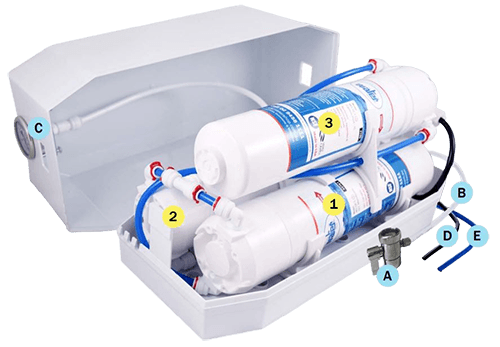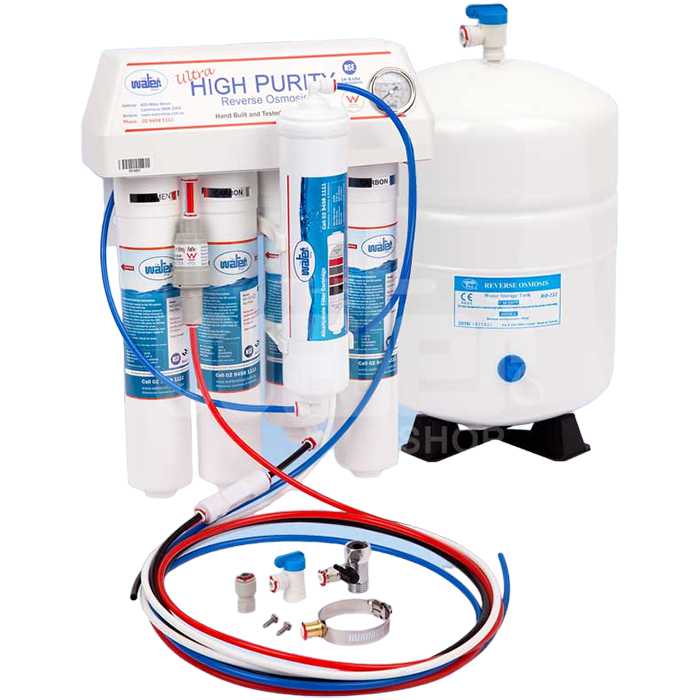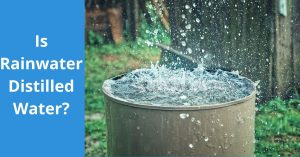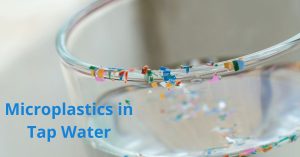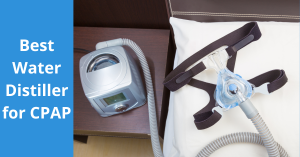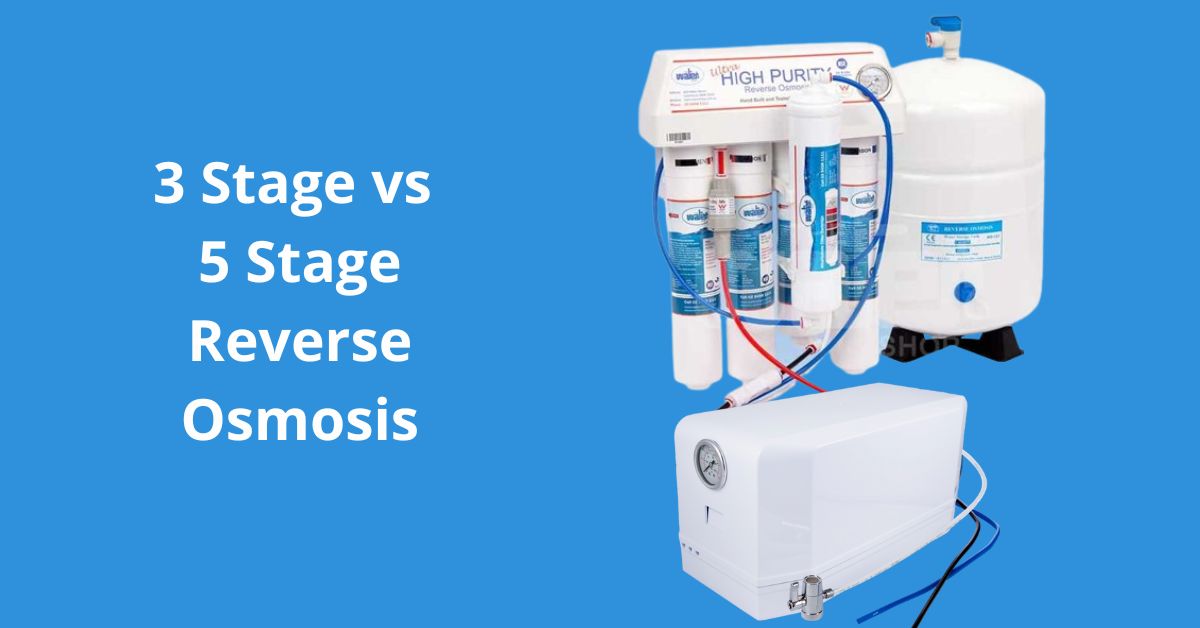
3 Stage vs 5 Stage Reverse Osmosis
Clean, pure water is essential for our health and well-being. As concerns about water quality continue to rise, many homeowners are turning to advanced filtration systems to ensure their drinking water is safe and tastes great. Among the most effective option available is Reverse Osmosis. But when it comes to choosing between a 3-stage and a 5-stage RO system, which one is right for you?
What is Reverse Osmosis?
Before we compare 3-stage and 5-stage systems, it’s important to understand the basics of RO filtration. Reverse Osmosis is a water purification process that uses a semi-permeable membrane to remove contaminants like PFAS, dissolved solids, and impurities from water. This technology is capable of removing up to 99% of contaminants, including lead, chlorine, fluoride, and many others.
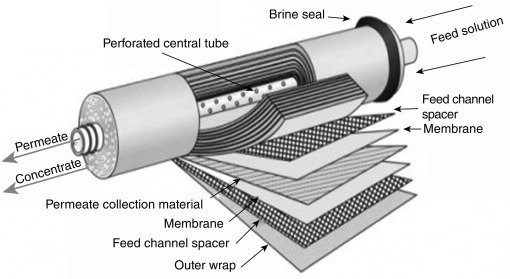
3-Stage RO System: The Essentials
A 3-stage Reverse Osmosis Water Filter typically includes the following components:
- Sediment filter: Removes larger particles like dirt, rust, and sediment.
- Carbon filter: Reduces chlorine, odors, and improves taste.
- RO membrane: The heart of the system, removing a wide range of contaminants.
These systems are often more compact and can be an excellent choice for those with limited space. Many Benchtop Reverse Osmosis units use this configuration, making them a popular choice for renters or those who prefer a portable solution.
5-Stage RO Filter: Enhanced Purification
A 5-stage Undersink Reverse Osmosis system builds upon the 3-stage model by adding two additional filtration steps:
- Sediment filter
- Carbon pre-filter
- RO membrane
- Carbon Post-filter
- Alkaliser/Remineraliser
The additional stages in a 5-stage system provide even more thorough purification. The extra carbon filtration steps help to remove more chlorine and organic compounds, while the post-filter acts as a final polishing step to improve taste. The added Alkaliser adds beneficial minerals back into the water.
Comparing 3-Stage and 5-Stage Systems
Now that we understand the basics of both systems, let’s compare their key features:
Filtration Efficiency:
- 3-stage: Highly effective at removing most contaminants
- 5-stage: Offers superior filtration, especially for chlorine and organic compounds
Water Taste:
- 3-stage: Significantly improves water taste
- 5-stage: Provides exceptional taste due to additional carbon filtration and alkaliser/remineraliser
Maintenance:
- 3-stage: Generally easier to maintain with fewer filter changes
- 5-stage: Requires more frequent filter changes
Cost:
- 3-stage: Usually more affordable upfront and in ongoing maintenance
- 5-stage: Higher initial cost and filter replacement expenses
Space Requirements:
- 3-stage: More compact, ideal for Benchtop Reverse Osmosis units
- 5-stage: Typically larger, often used in Undersink Water Purifier configurations
Which System is Right for You?
Choosing between a 3-stage and 5-stage RO system depends on several factors:
Water Quality: If your water source is relatively clean but you want added peace of mind, a 3-stage system might be sufficient. For areas with more contamination or if you’re particularly concerned about water quality, a 5-stage system could be the better choice.
Available Space: If you’re looking for a Reverse Osmosis Water Filter Benchtop solution or have limited under-sink space, a 3-stage system might be more practical. For those with ample room, an Undersink Reverse Osmosis 5-stage system can provide comprehensive filtration.
Budget: Consider both the initial cost and long-term maintenance expenses. While 5-stage systems offer superior filtration, they come with higher costs.
Taste Preferences: If you’re particularly sensitive to water taste, the additional carbon filtration and remineraliser in a 5-stage system might be worth the investment.
Installation and Maintenance
Whether you opt for a 3-stage or 5-stage system, proper installation and maintenance are crucial for optimal performance. Many homeowners choose to install benchtop reverse osmosis units themselves, as they’re generally simpler to set up. However, for Undersink water purifier systems, especially 5-stage models, professional installation can be an option to ensure proper function and avoid potential water damage.
Regular maintenance is essential for both types of systems. This includes changing filters according to the manufacturer’s recommendations and sanitising the system periodically. While 5-stage systems require more frequent filter changes, they often result in a longer lifespan for the RO membrane, which is the most expensive component to replace.
Undersink Reverse Osmosis Installation
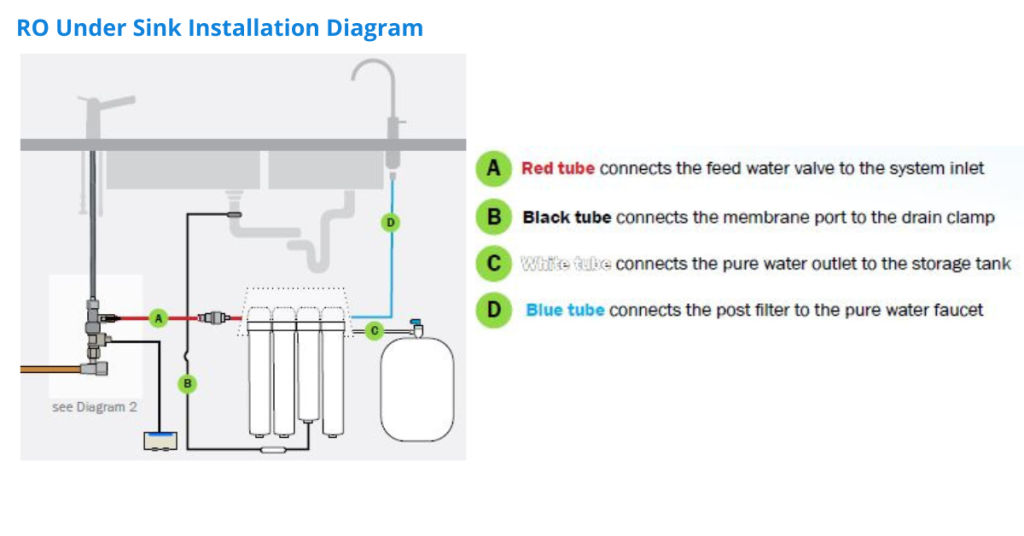
Making the Right Choice for Your Home
Both 3-stage and 5-stage RO filtration systems offer significant improvements in water quality and taste. Your choice between a Benchtop Reverse Osmosis unit and an Undersink Reverse Osmosis 5-stage system will depend on your specific needs, space constraints, and budget.
Remember, the goal is to provide your household with clean, great-tasting water. Whether you choose a 3-stage or 5-stage system, you’re making a positive step towards better health and hydration. As you consider your options, don’t hesitate to consult with water filtration experts who can assess your local water quality and recommend the best solution for your home.
Investing in a Reverse Osmosis Water Filter is an investment in your health and well-being. With the right system in place, you can enjoy peace of mind knowing that every glass of water you drink is clean, pure, and delicious.

